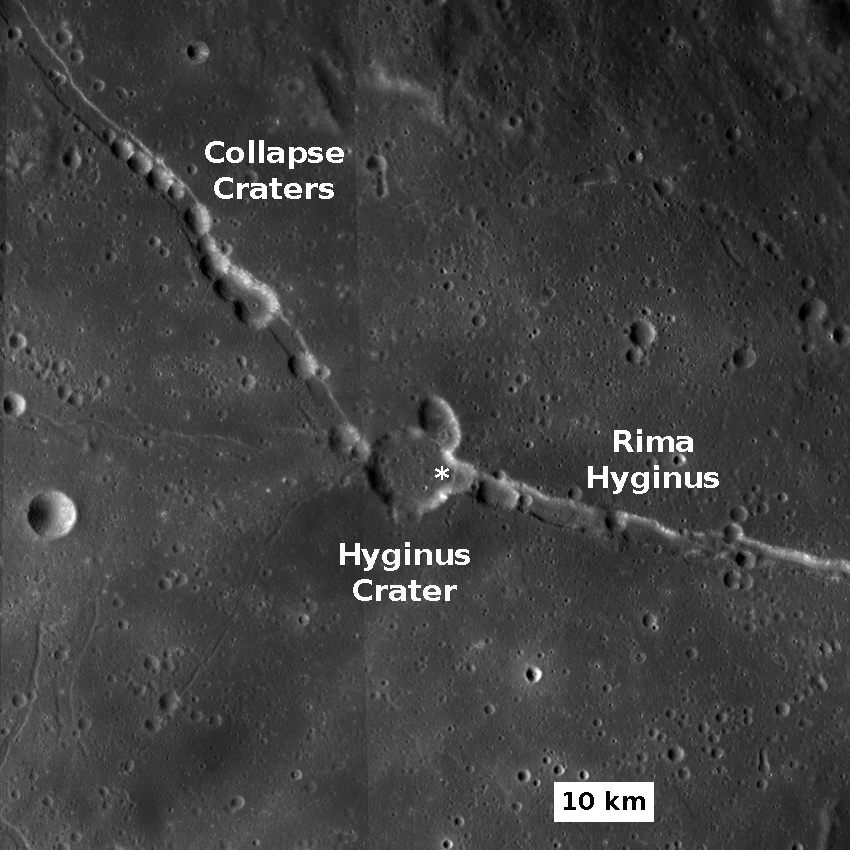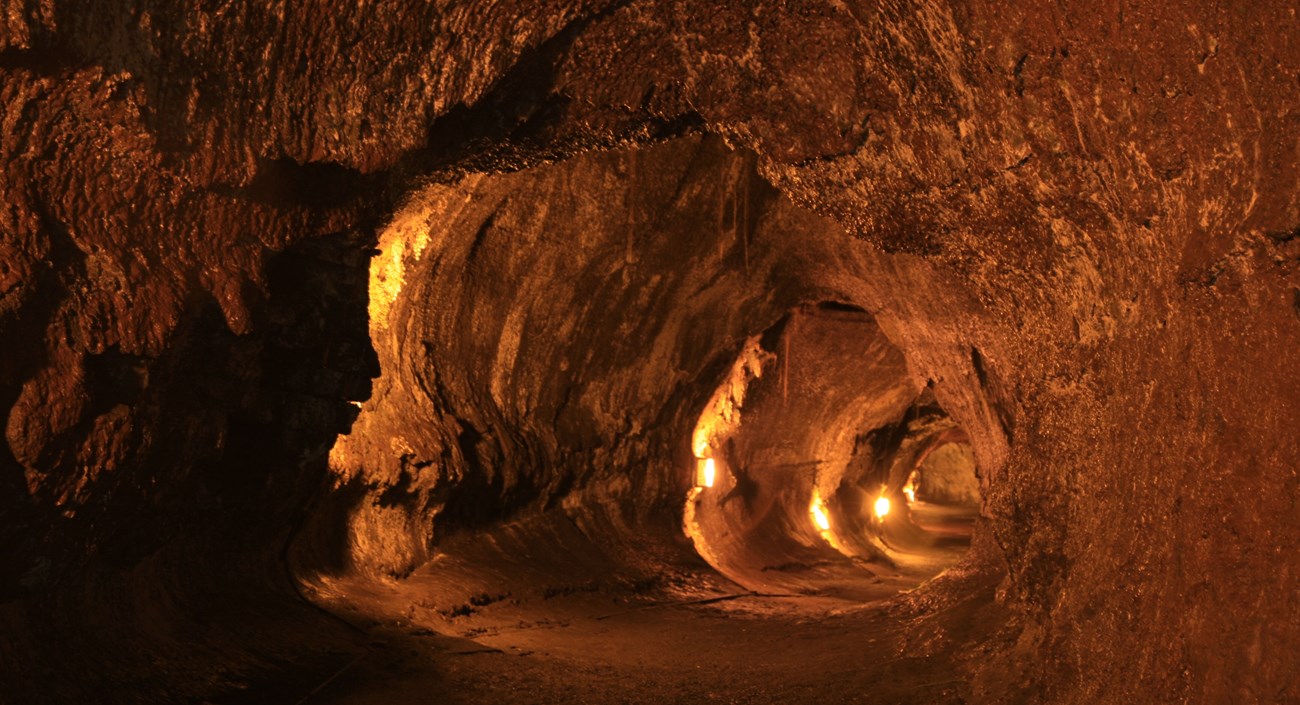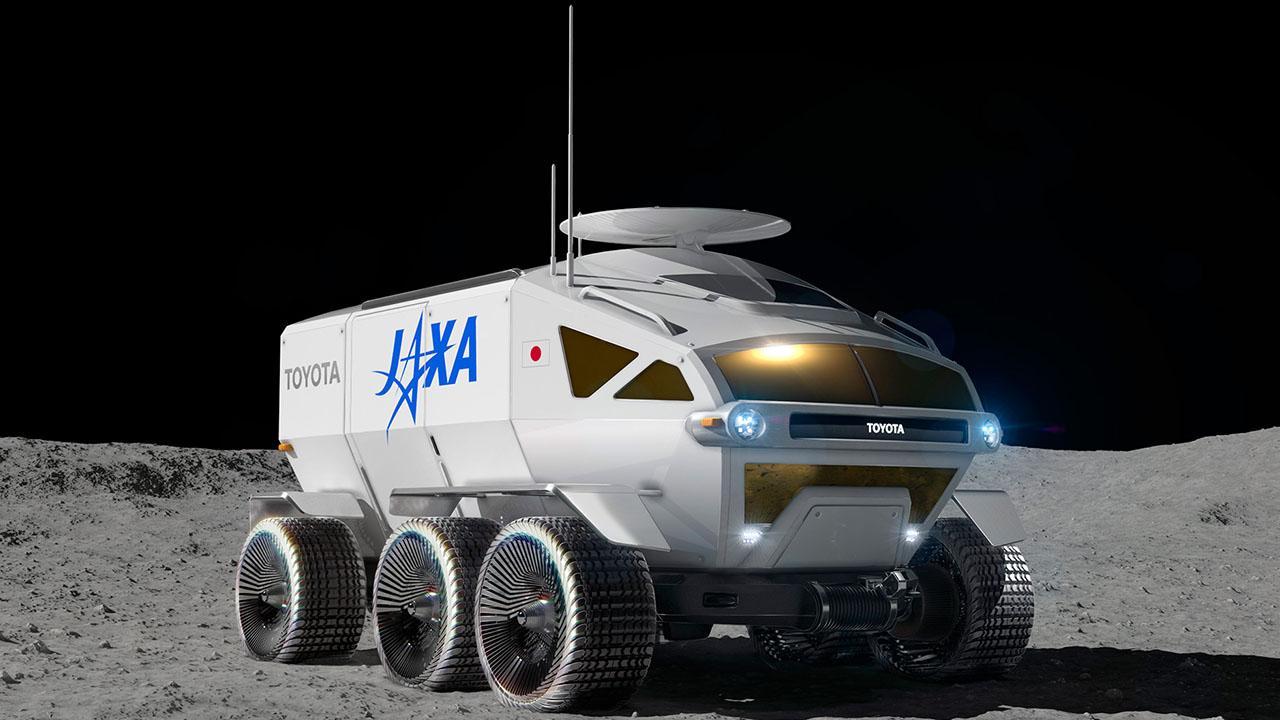A Seven Year Wait
The North American total solar eclipse of 2024 was a long time coming for me. Since missing the opportunity in 2017, I had rationalized I would do what it takes to get in the path in 2024. I reasoned that my daughter who was only three years old then would be ten and build a much better memory of it. The wait had effectively been for seven years, and I was ready to be mooned!
Taming The Digital Wolves
This would be my first total solar eclipse ever. I wanted to watch the event with my own eyes without having to fidget with camera settings and looking at an LCD screen. As a result my camera had to be automated. I considered several eclipse automation software and settled in on one called SetNC which was free and yet effective. Some helpful folks over at cloudnights.com shared their experience with the software and recommended tweaks to defaults based on their 2017 eclipse experience. I had tested it out and it seemed to work.
Also a regular tripod would not suffice. In order to stay pointed at the sun for the minutes of totality, the mount had to be able to track the sun automatically. While I already had an "alt-az" mount - it did not pack very well even as check-in luggage. I experimented with a more portable tracking mount that would comfortably fit inside a carry on bag and having played with an iOptron skyhunter, settled on a Skywatcher AZ GTI mount. It was battery or AC operated alt-Az design but with an off market wedge and a Sky-watcher provided firmware update, this could also become a lightweight equatorial mount. I was not going to try roundaout ways to polar align by day (without a visible pole star) for the eclipse, so al-az was cool, but I could not resist the prospect of this being a dual purpose mount for future night time astro as well. I had tested both pieces to understand their little quirks and how to make them play well together.
Location location location
The last two days leading up to April 8, 2024 had been the culmination of a series of changes to our travel plans.
The initial plan was to go to Texas and observe the 3 minutes of totality from the comfort of my sister 's place, but the weather gods intervened. Over the last 20 years, April generally was cloud free in Texas while rest of America on the eclipse path was iffy. This was one of the exception years. A weather system was moving across most of American eclipse path. My backup location at Rochester, NY was also predicted to be clouded out. I had become an expert on specialized weather apps such as Astrospheric, that spewed hourly predictions days in advance for a fee. It seemed Vermont was going to be the place near us with the least amount of clouds. The Canadian weather model which is supposedly the most accurate for cloud cover predicted a 16% at the time. However hotels in the path of totality were ridiculosly expensive (somewhere like 4-5x of regular price). We decided to stay just outsize the path of totality in Lake George, NY but drive in to the most favorable location on the day of based on weather reports.
Interestingly, the timing of contact has been predictable for 2000 years, since the Babylonians saw the repeating pattern in eclipse records, but they did not know why or where the next one would occur. The location became predictable only about 300 years ago since Edmund Halley applied Newtonian gravity to the problem, for the first time predicting an eclipse in England. While we were beneficiaries of such precision, the weather prediction was another story.
Verity in Vermont
Based on predictions the prior night, we were in a small town in Vermont in the path of totality. We waited as the moon’s shadow sped towards us with a land speed three times that of a commercial jet.
In the middle of a pleasant spring day, an eerie twilight set in. The air became chilly, as the last sliver of the sun disappeared. Final rays that escaped through the craters on lunar limb, put the “diamond ring” on show.
And then, all that remained was a black hole in the sky.
We stared at the dark face of the moon, with wispy solar corona streaming in all directions around the edges. At a few spots along the rim, red plumes of solar prominence emerged, visible by naked eye. It was as if bits of our host star was oozing out into space. The prominences looked tiny, yet any one of them would be larger than the whole of the earth. Flanking the scene, two bright dots appeared in the darkened sky - Venus and Jupiter in a single line, the plane of the ecliptic.
For the shortest 3 minutes ever,
and for what will be the last time in the next 20 years in America, a cloudless mid-day had turned into night.


















